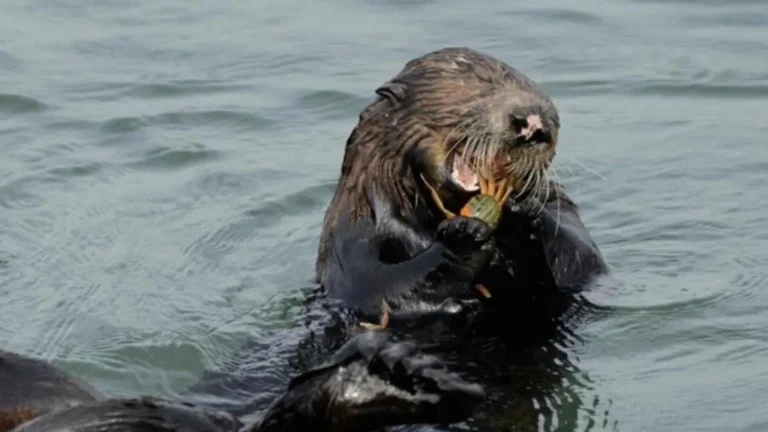NASA Astronauts Stuck In Space To Return Home After 9 Months!
NASA astronauts Sunita Williams and Butch Wilmore are preparing to end their unexpected nine-month mission in space and return home. They were only supposed to stay for 8 days on the International Space Station. However, the stay extended for 9 months due to technical issues with the Boeing Starliner.
The pair launched on June 5, 2023, on Boeing’s Starliner spacecraft. A mission designed to test the craft’s capabilities against SpaceX’s established Crew Dragon. However, things didn’t go as planned.
By the time they docked at the ISS, Starliner had already experienced several serious issues. The spacecraft had five helium leaks, five non-working maneuvering thrusters, and a stubborn propellant valve that wouldn’t close properly.
NASA decided it was safer for Wilmore and Williams to stay in orbit than attempt a risky return journey.
To facilitate their return, NASA launched the SpaceX Crew-10 mission on March 16, 2025. The mission, which included NASA astronauts Anne McClain and Nichole Ayers, and international counterparts from Japan and Russia, docked at the ISS just after midnight on March 17, 2025.
Their arrival marked a turning point in ensuring the safe return of the stranded astronauts.
The impact of this mission extends beyond simply returning home. It underscores the reliability and resilience required in space missions as well as collaboration at an international level.
During their extended stay, Williams and Wilmore hosted several expeditions and scientific experiments.
As events unfolded, NASA ensured that the return would be broadcast live. The world will see the dedication and teamwork between astronauts back on Earth and those in orbit.
Nick Hague and Aleksandr Gorbunov, two astronauts from the previous SpaceX Crew-9 mission, were part of the preparations to create available seats in the returning Dragon capsule.
Throughout their extended stay, Wilmore and Williams took on crucial tasks. They conducted spacewalks, managed experiments, and even handled maintenance issues like fixing the station’s plumbing.
Despite the challenges, both astronauts kept a positive outlook. Williams described the station as her “happy place.”
“Every day is interesting because we’re up in space and it’s a lot of fun.”
Said Sunita Williams
Still, she acknowledged the waiting had been difficult for family members back on Earth.
The strategic execution of the return operation highlights NASA’s enduring commitment to safe and successful missions, leveraging partnerships with commercial entities like SpaceX.
As of the latest updates, the Dragon capsule will splashdown off the coast of Florida on March 18, 2025.
At the heart of this story are the astronauts themselves, embodying perseverance and the drive to advance human exploration beyond our planet. Their return marks the conclusion of an inadvertent expedition that reaffirmed humanity’s resolve to push the boundaries of space exploration.






